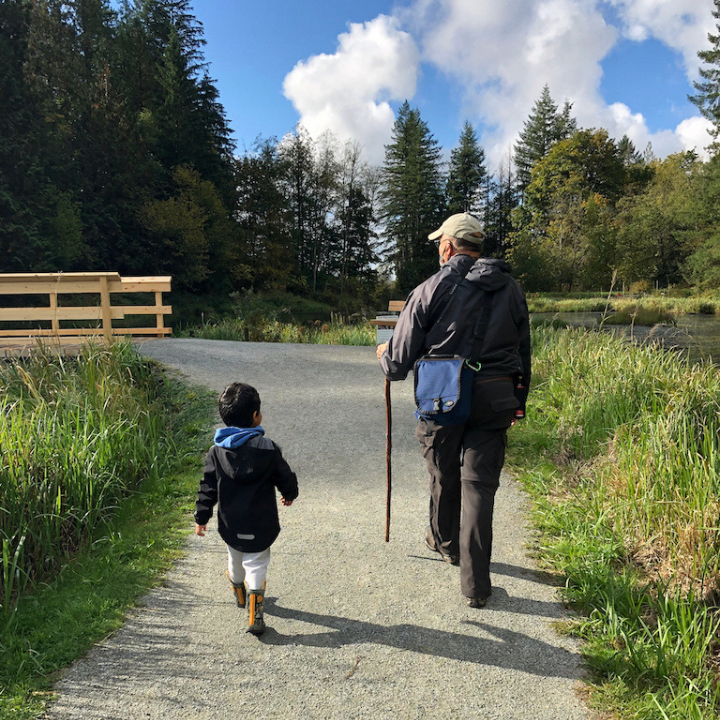Ours to explore. Ours to share. Ours to protect.
Healthy Parks + Healthy People = Strong Communities
When you donate to Metro Vancouver Regional Parks Foundation, you support the regional parks you love, and the nature and people who depend on them. The Foundation has many programs, including those to:
- protect our parks from invasive species;
- conserve and restore important wildlife habitats;
- educate and empower youth to become environmental leaders;
- ensure our parks are accessible to everyone;
- improve and grow park facilities and infrastructure;
- build a strong future for regional parks.
Make a donation online today and your gift will help protect parklands, enhance your local park, and inspire people to connect with nature and each other through life-changing regional parks experiences. Donate now.
Our Programs
Our programs are designed to connect people with nature, protect parklands, and nurture nature.
Connecting People With Nature

At Metro Vancouver Regional Parks Foundation we recognize that every year, thousands of people with financial barriers are not able to visit our regional parks. Why? Because there is no funding to charter a bus.
With your help we can connect even more groups to the beauty of nature found in Metro Vancouver Regional Parks. Donate today – any amount goes directly towards the funding of a trip. A $500 donation makes the dream of a chartered bus a reality. Your donation can and will make a difference.
“The park was so beautiful, the air was fresh, the physical exercise and the nature mentors’ kindness and sense of humour all contributed to such a joyful experience.” – SHARE Society, Bus Grant Recipient





